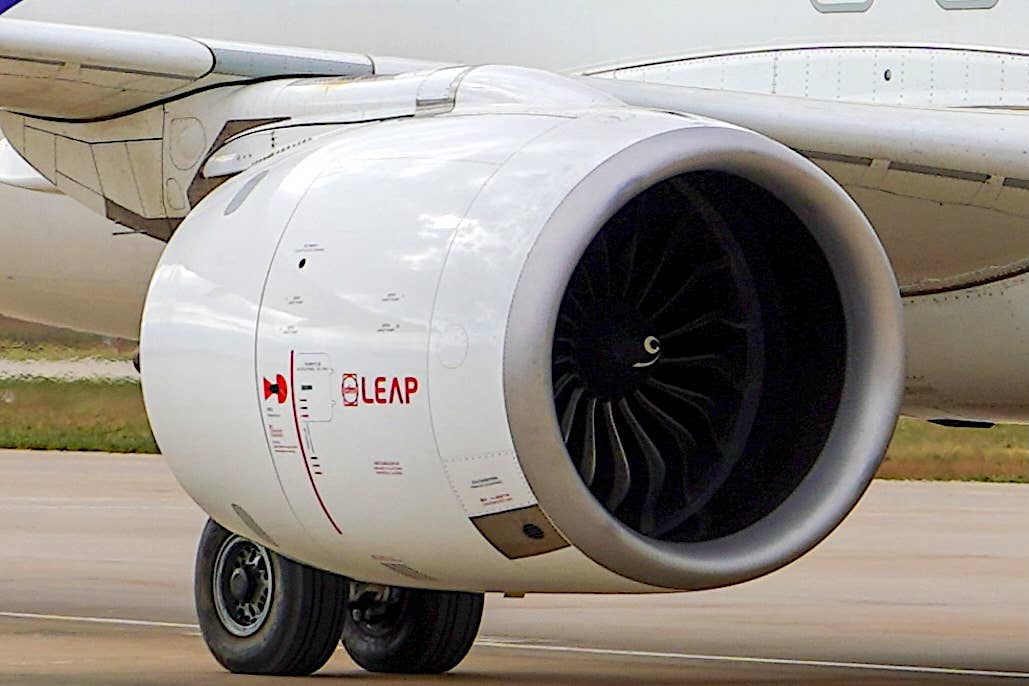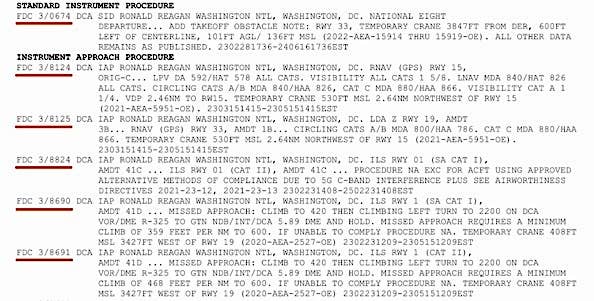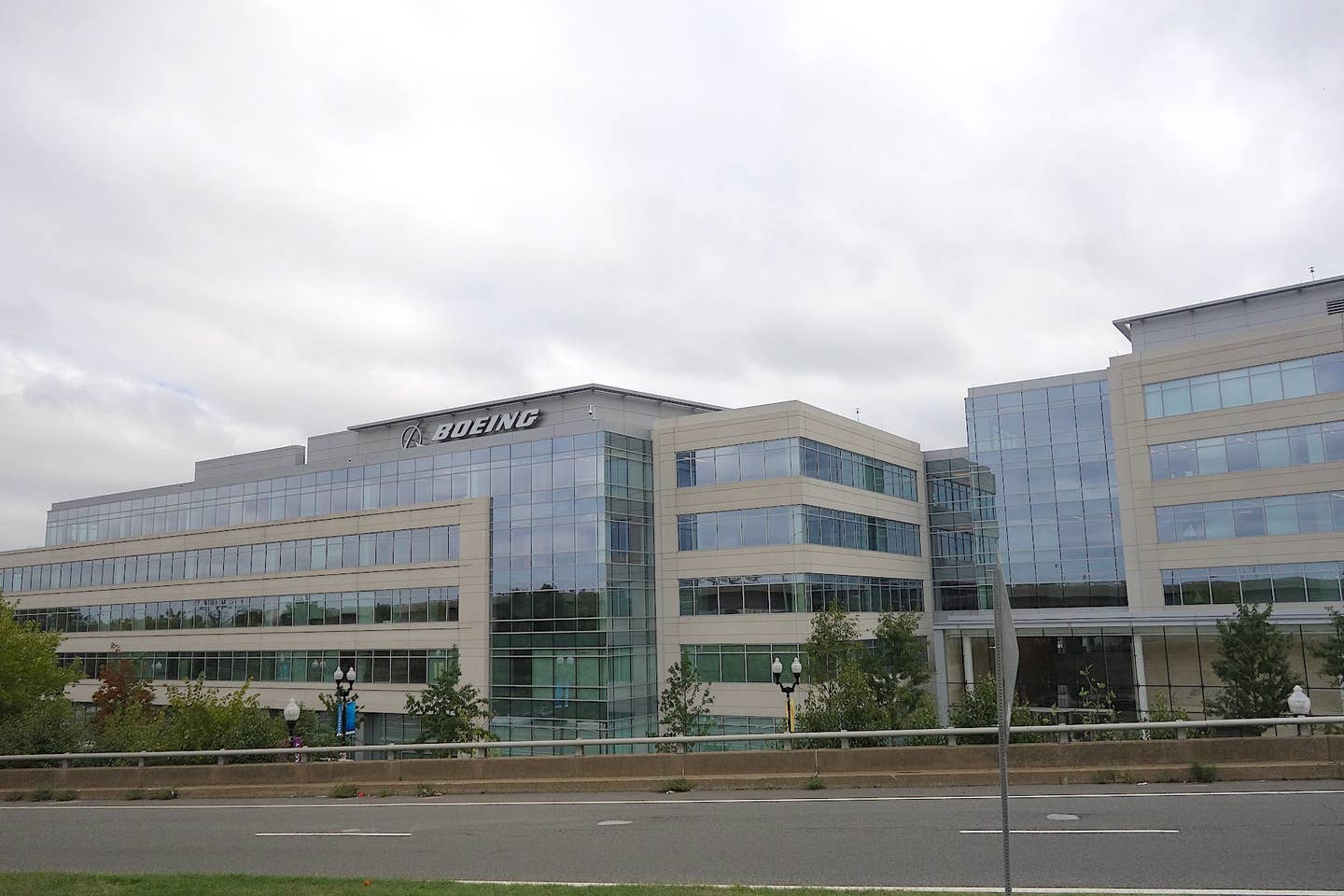Mesa Orders Pipistrel Trainers For Pilot Development Program
Mesa Airlines has placed a firm order for 29 Pipistrel Alpha Trainer 2 aircraft with options to buy an additional 75 aircraft over the next year. The trainers will be…

Image: Mesa Airlines
Mesa Airlines has placed a firm order for 29 Pipistrel Alpha Trainer 2 aircraft with options to buy an additional 75 aircraft over the next year. The trainers will be used to launch the Mesa Pilot Development Program (MPD), a new initiative intended to “close the pilot shortage gap” by helping qualified pilots build flight time to meet ATP requirements. Pilots who join the program will get up to 40 hours of flight time a week with “flight costs of $25 per hour, per pilot, … fully financed by Mesa with zero interest.” Mesa noted that the flight costs will then be repaid over three years while employed with the airline.
“Our program will be the most cost effective and one of the fastest routes to a long-term career as a professional pilot,” said John Hornibrook, Mesa senior vice president for flight operations. "We want to make it as easy as possible for a whole new field of candidates to join Mesa, including and especially people who might not have traditionally considered aviation."
Mesa says it is aiming to launch MPD operations next month in Inverness, Florida, with plans to expand to Arizona within a year. According to the airline, the full MPD fleet will have capacity for up to 2,000 hours of flight time daily and accommodate more than 1,000 pilots per year. MPD pilots will also get flight benefits and priority status for employment as a first officer at Mesa.






